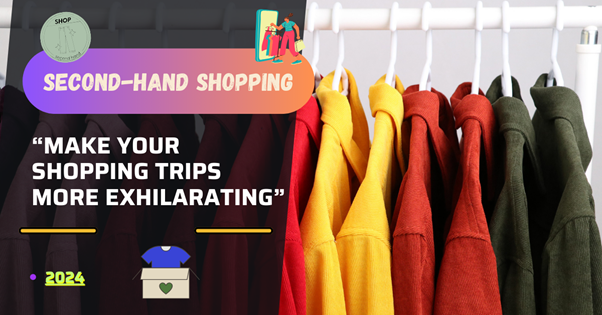Have you ever wondered what it’s like to buy second-hand items rather than new ones in stores? Well, in this article, I will be sharing my personal thoughts and different opinions regarding this topic by providing examples of why it’s one of the best methods people implement nowadays to make their lives more convenient, but also discussing some negative aspects to be aware of and how to avoid them.
Personally, I am highly in favor of second-hand shopping because, primarily, it allows you to save a lot of money by paying a lower price for a good quality product, leading to a sense of satisfaction with your purchase. Additionally, it’s environmentally friendly, as it reduces energy consumption and pollution while supporting local businesses. Moreover, second-hand shopping offers the opportunity to find unique items that are not commonly available, adding excitement and fun to shopping trips.
However, there are also negative aspects to consider. While high-quality items can be found, there is also the risk of encountering low-quality ones, leading to disappointment. Hygiene issues may arise with used products, and it’s important to inspect them carefully before purchase. There is also the risk of being scammed, especially when buying online, where the item may not meet expectations or turn out to be fake. Sizing issues can also be problematic, as there may be limited options available. Lastly, the ‘no returns policy’ in some second-hand stores can leave buyers stuck with unwanted items.
In conclusion, buying second-hand goods has both advantages and disadvantages. Despite potential issues, there are numerous benefits to exploring this method of shopping. I encourage you to try it out at least once in your lifetime, whether it’s for clothes, shoes, or general objects. This article aims to inform you about the advantages and disadvantages of second-hand shopping so that you can approach it more confidently and avoid potential problems, leading to a more satisfying shopping experience.
Patrik Litiu 3E





